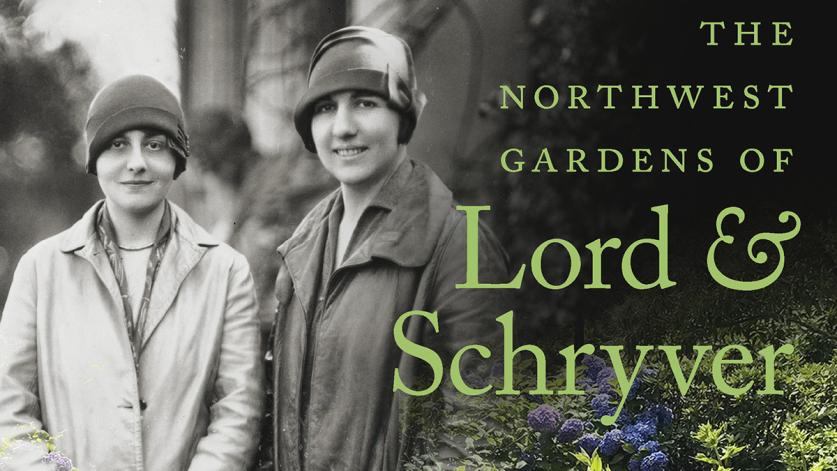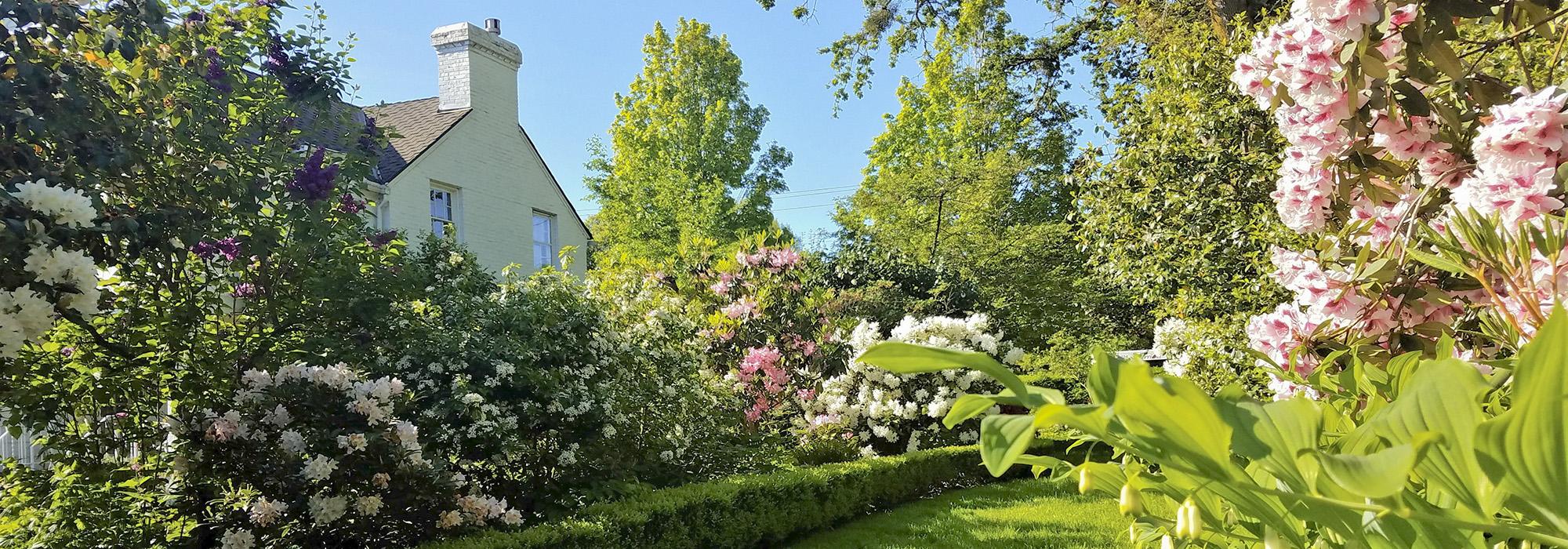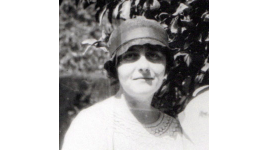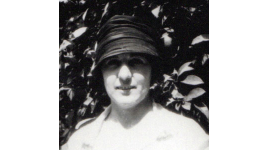“Both Inspiration and Beauty” - A New Book on Lord & Schryver
The Northwest Gardens of Lord & Schryver, written by landscape historian Valencia Libby and recently published by the Lord & Schryver Conservancy, spotlights the work of the pioneering woman-owned landscape architecture firm of Elizabeth Lord and Edith Schryver. Tracing their career from its beginnings at the Lowthorpe School of Landscape Architecture through their success consulting for public and private clients throughout the Pacific Northwest, the book advances the work of the Conservancy in stewarding the legacy of the women and their gardens, including the their home at Gaiety Hollow in Salem, OR, which the Conservancy was able to acquire and rehabilitate in 2015. TCLF’s annual thematic Landslide report, which raises awareness about threatened and at-risk landscapes, has twice featured the work of Lord & Schryver, in the 2009 report Shaping the American Landscape and 2020’s Women Take the Lead.

“The Northwest Gardens of Lord & Schryver is the achievement of a conservancy organized to document and promote preservation of the designed landscapes of Elizabeth Lord and Edith Schryver, principals of a woman-owned firm centering its work from a home base in Salem, Oregon, from 1929 onward. The L&S Conservancy’s chosen author, landscape historian Valencia Libby, masterfully covers in her abundantly-illustrated narrative the complete arc of the principals’ origins, their training at the Lowthorpe School of Landscape Architecture, and path-breaking professional career in the Pacific Northwest creating distinctive gardens and civic landscapes. There is much to admire in this finely-produced, comfortably-sized scholarly work. The publisher’s promise that readers will find in it ‘both inspiration and beauty’ is handsomely fulfilled.”
- Elisabeth Walton Potter







